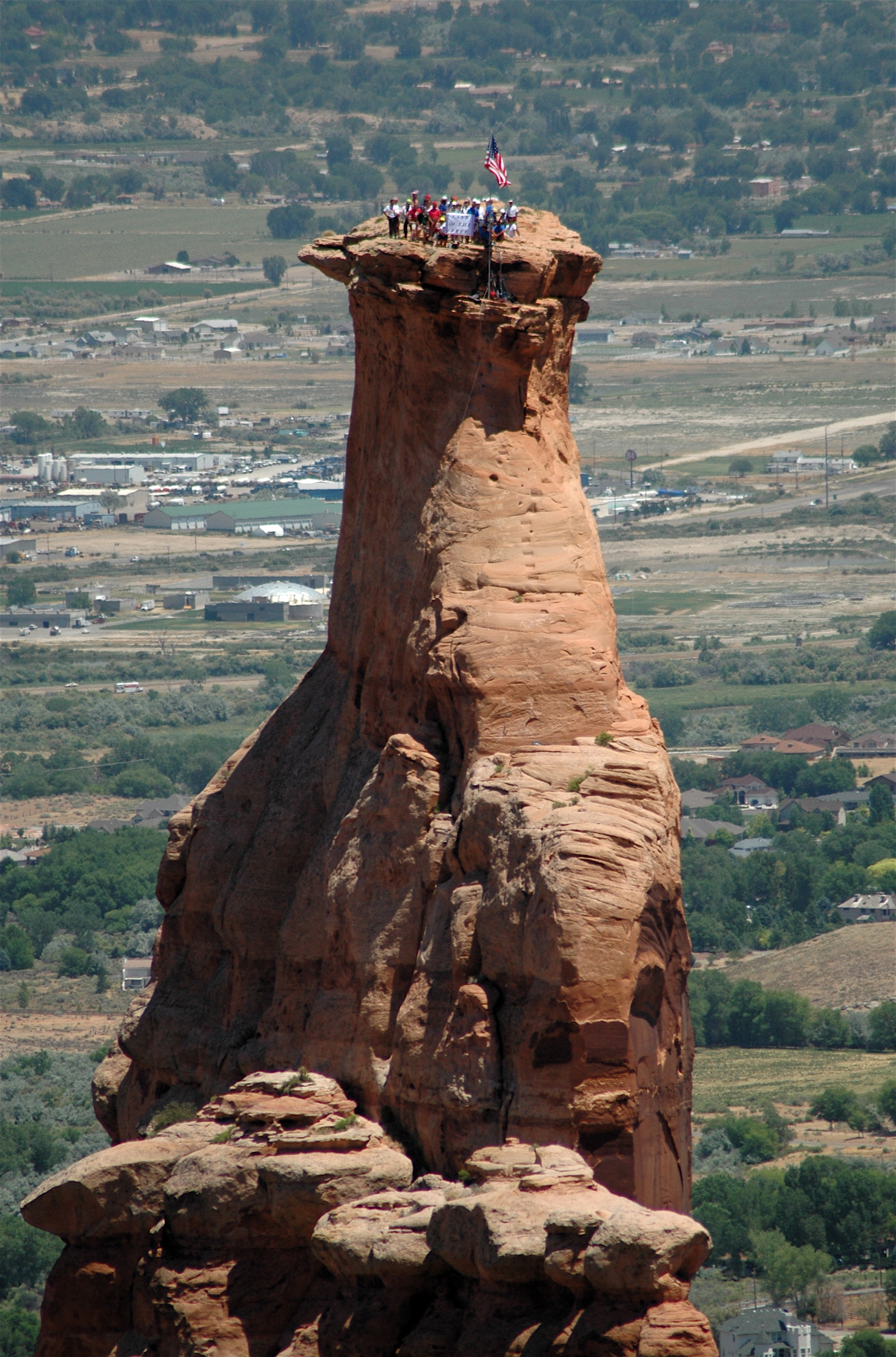

“More than 150 years ago, the federal government removed our ancestors from Bears Ears at gunpoint and sent them on the Long Walk, but we came back,” he said, in press release issued by the Native American Rights Fund. You can’t wipe all those away.”įilfred said his Navajo people would continue to hold ceremonies on the land. It’s habitat to many species, plants and medicinal and ceremonial herbs. “Money cannot replace what we have in terms of wilderness area. We’ll tell the next generation, ‘You see that ash pit over there, that’s where Bears Ears was. “The way I see it, they’re going to bulldoze Bears Ears, and there will be nothing there. “There is no reclamation, they scarred the whole Mother Earth,” Filfred said. Now it’s a uranium mine Davis Filfred, Navajo Nation Coalmining in the Four Corners area, he said, offers a cautionary tale. Then we’ll see the battle lines.”ĭavis Filfred, the son of a medicine man and a Navajo Nation council delegate, said he did not want to see Bears Ears become like his tribe’s land, which he said had been contaminated by fossil fuel development. “The tension is higher than it started but it hasn’t reached a plateau. “It’s turned us back into cowboys and Indians again,” he said. Photograph: Rick Bowmer/APĬhapoose said the issue had led locally to a polarization between supporters of the monument and people who want the freedom to use the land for mining, logging and riding off-road vehicles. “It’s another slap in the face in the overall relationship between the federal government and the tribes, and local people,” he said.Ī supporter of the Bears Ears and Grand Staircase-Escalante national monuments dances with a headdress during a rally on Saturday in Salt Lake City.

It’s brought Indian Country back together.”Ĭhapoose said that in backing extractive industry over preservation and Native American communities, the Trump administration had drawn a line in the sand. Bears Ears has brought that back where it didn’t exist. After the reservations system, they got isolated from surrounding neighbors. “At one time, there was this big network of communication going on between tribes. “It’s given an opportunity for us to voice concerns, and it’s made it OK for tribes to talk amongst themselves, like they used to do a long time ago. “Indian country is coming out of its sleep,” Chapoose said. It’s turned us back into cowboys and Indians again … we'll see battle lines Shaun Chapoose, Ute Indian Tribe Despite reverses suffered by the Dakota Access protesters, he said, he sees a reawakening of hope. Many citizens mobilized around tribes opposing the Dakota Access pipeline and alliances were forged around Bears Ears. Shaun Chapoose, councilman of the Ute Indian Tribe business committee, said this was a significant moment for Native Americans. Their leaders say legal action is likely if Trump announces a reduction. Before the formation of the Bears Ears Inter-Tribal Coalition, in 2015, the tribes had never come together.

Thousands of demonstrators, however, gathered at the state capitol on Saturday in a show of solidarity with Native American tribes that say the move against Bears Ears and Grand Staircase-Escalante is nothing less than a “monumental mistake”.Ī coalition of five Utah tribes with ties to the land – the Navajo Nation, Ute Mountain Ute, Ute Indian Tribe, Hopi and the Pueblo of Zuni – has vowed to oppose any shrinkage of the national monument. Orrin Hatch, the senator who invited Trump to Utah, said in a video statement the “outcome” the president will announce “strikes an excellent balance where everybody wins”. In seeking to open up more land for development and extractive industries, Trump has the support of Utah’s all-Republican congressional delegation. A review of national monuments was conducted by the interior secretary, Ryan Zinke, who recommended changes to 10 such areas.


 0 kommentar(er)
0 kommentar(er)
